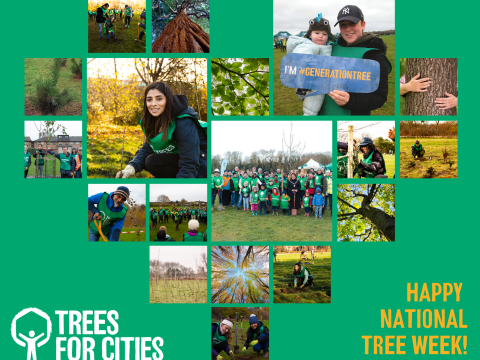The mystery of the mast year
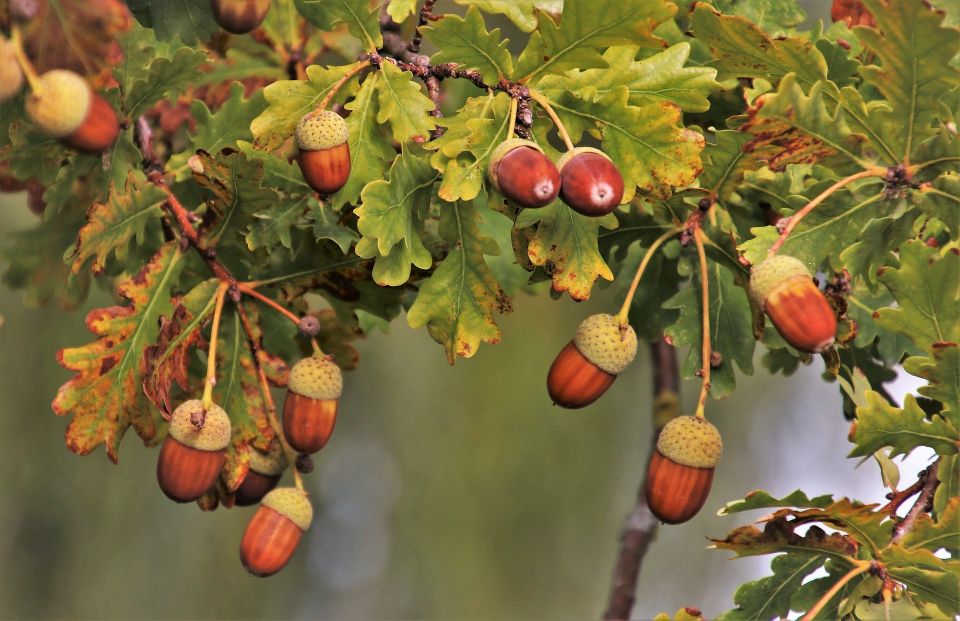
A squirrel dream come true - 2020 is an Oak mast year! Have you noticed more acorns blanketing the woods this year? You may have spotted a mast year - but what is it exactly?
By Gurnam Bubber
Every few years some trees produce a glut of their fruit or nuts right across the country, these fruits or nuts are called mast and so it’s called a mast year. It’s an important event in natures calendar as wildlife benefits from the abundance in food and the trees benefit from a larger number of offspring the next year.
It derives from the Old English 'mæst', meaning the nuts of forest trees that have accumulated on the ground, especially those used historically for feeding domestic animals, and as food resources for wildlife. Did you know, in the aseasonal tropics of Southeast Asia, entire forests are known to mast at irregular periods of 2–12 years?
Mast can be divided into hard and soft mast. Tree species such as oak and beech produce a hard mast called acorns, and beechnuts. It has been traditional to turn pigs loose into forests to fatten on this form of mast in a practice known as pannage. Other tree and shrub species produce a soft mast, such as raspberries and blueberries. For more about pannage read our story Intreeducing the Beech.
This year is an oak mast year which means a lot of very happy birds and mammals. Frugivores, seed and fruit eating animals will gorge themselves on the tasty nutritious acorns, fattening up and increasing their chances of survival through the winter. This is also great news for the animals that are their predators. There is a knock-on beneficial effect throughout the web of wildlife living in the woods. It’s amazing to think that just one species of tree can have such a profound impact on the whole ecosystem with one single event like this.
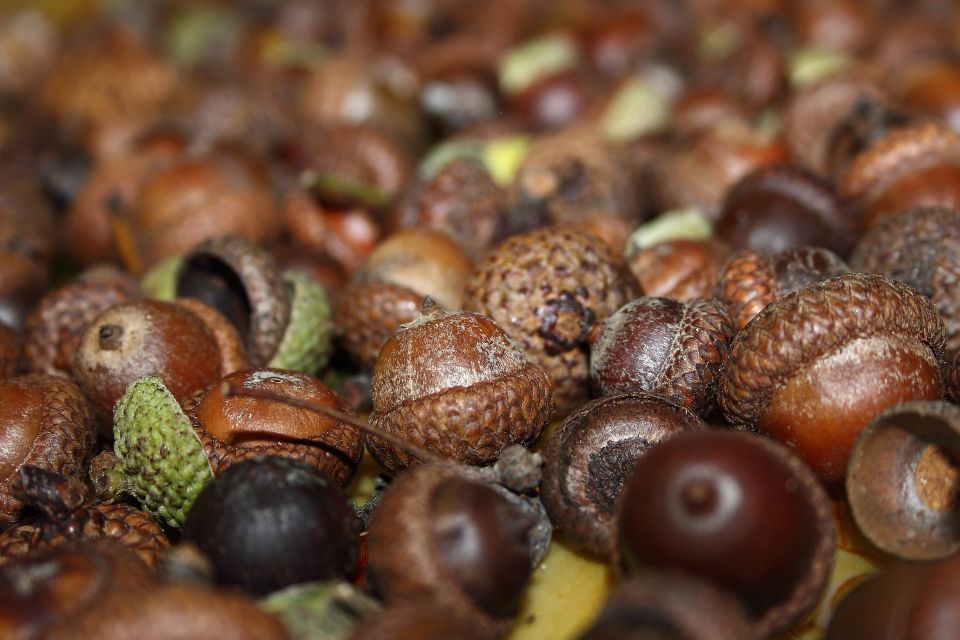
So why go to all this trouble? Mast years are a canny strategy by trees to increase the survival of future generations. They produce so many seeds that it’s impossible for them all to be eaten. This means that a larger number of the nuts survive to sprout into the next generation of beautiful trees. This strategy is called ‘predator satiation’. The abundance in food leads to an increase in the population of the animals that depend on it. The following year when things are back to usual, there is not enough food to support the increased population, leading to a crash in numbers keeping the frugivore population in check.
The trees are inadvertently helped further by creatures like jays and squirrels that store nuts for later by burying them. They are more likely to cache them when there are so many, spreading them far and wide in the process. Some will be forgotten, and those nuts have a good chance of germinating in the spring. With wild boar the acorns pass straight through them and are delivered back to the earth complete with fertiliser.
Mystery shrouds the cleverest part of this process. How do all the oaks around the country know which year to mast seed together?
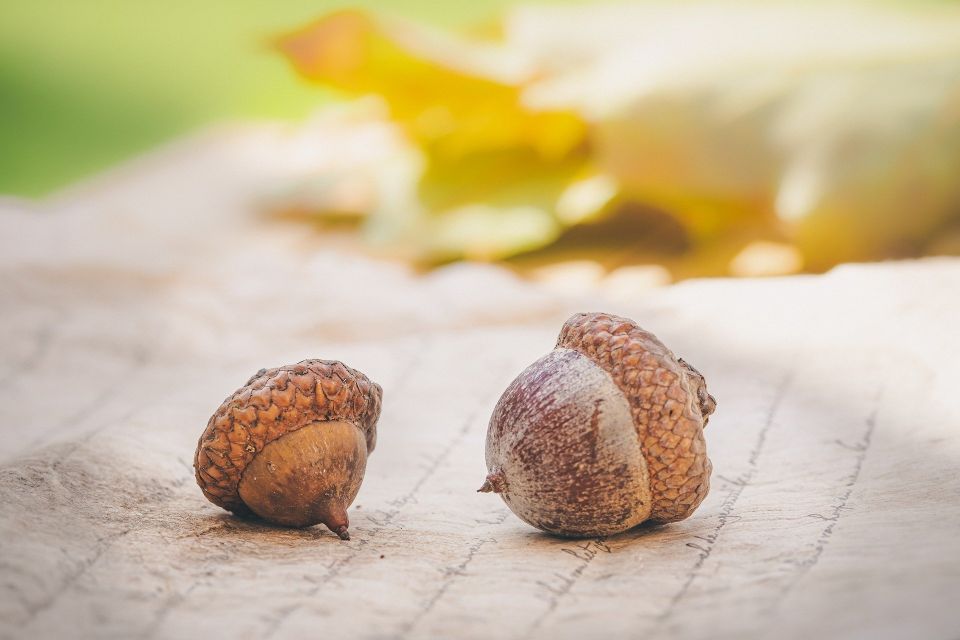
Mystery shrouds the cleverest part of this process. How do all the oaks around the country know which year to mast seed together? The trees are holding onto their secrets and we still don’t have the answers. It’s likely that the weather plays a part. Mast seeding happens mostly in wind fertilised trees. Having the perfect weather conditions at the most crucial times for the seed development will increase chances of a mast year. This can include weather cues such as spring temperature, summer drought, and spring frost. These weather variables are associated with critical times for fruit maturation and fertilization. Still it’s not just about the weather, something else is also going on, cycles emerge of mast years occurring around 5-10 years for trees like oak and beech. One theory is that trees are using chemicals to communicate with each other. Another is pollen coupling, where trees synchronise through pollen exchange. Perhaps one day the trees will reveal their secret.
Why don’t trees do this every year? Well firstly producing so many nuts takes a lot of energy, draining them, recovery time is needed before they can do it again. Secondly, the infrequency of it helps them by controlling the population of the frugivores. When the next bumper crop arrives there won’t be enough animals to eat it all and the cycle repeats.
Ultimately a mast year means regeneration for the oaks in our woods all over the country which is something worth celebrating. It’s a lovely example of the intricate checks and balances and interconnectivity of our ecosystems developed through evolutionary adaptation over millions of years.
Don’t forget to get out and grab the last few days of Autumn amongst the trees, breathe deeply of that forest goodness. You could check out how many more acorns are carpeting the forest floor. And enjoy the thought of our animal friends feasting and enjoying nature’s extra bounty this year. We’d love to see your winter woodsy pics, do share them with us using the hashtag #GenerationTree!
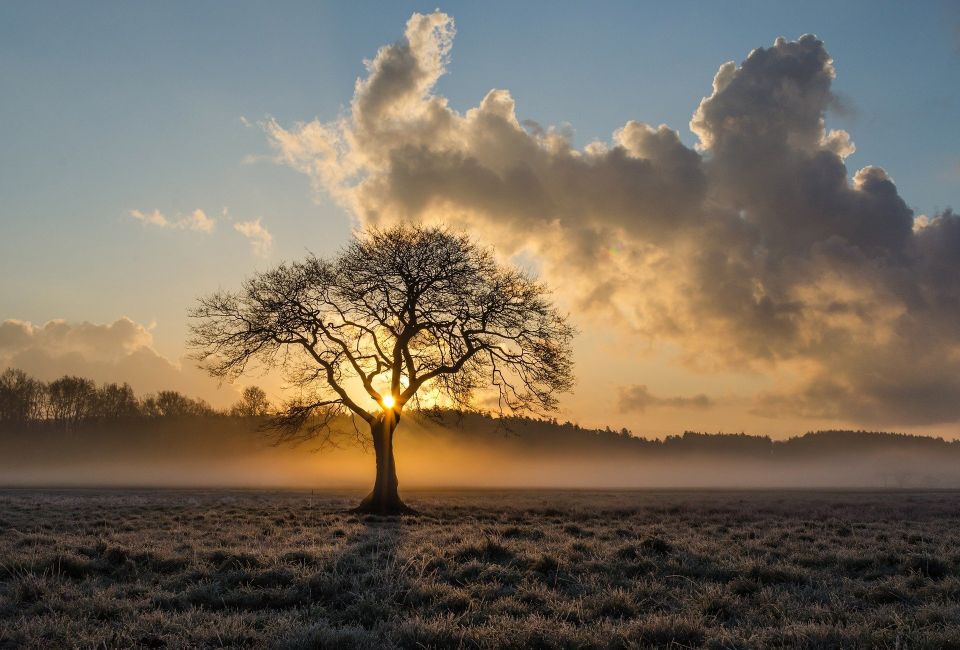
National Tree Week 2020
Though we're in lockdown and large gatherings are on hold, our vital work continues up and down the UK and there are still lots of things we can do together to make our cities greener, happier and healthier.
Join our celebration of National Tree Week!Donate to Trees for Cities and together we can help cities grow into greener, cleaner and healthier places for people to live and work worldwide.
Donate